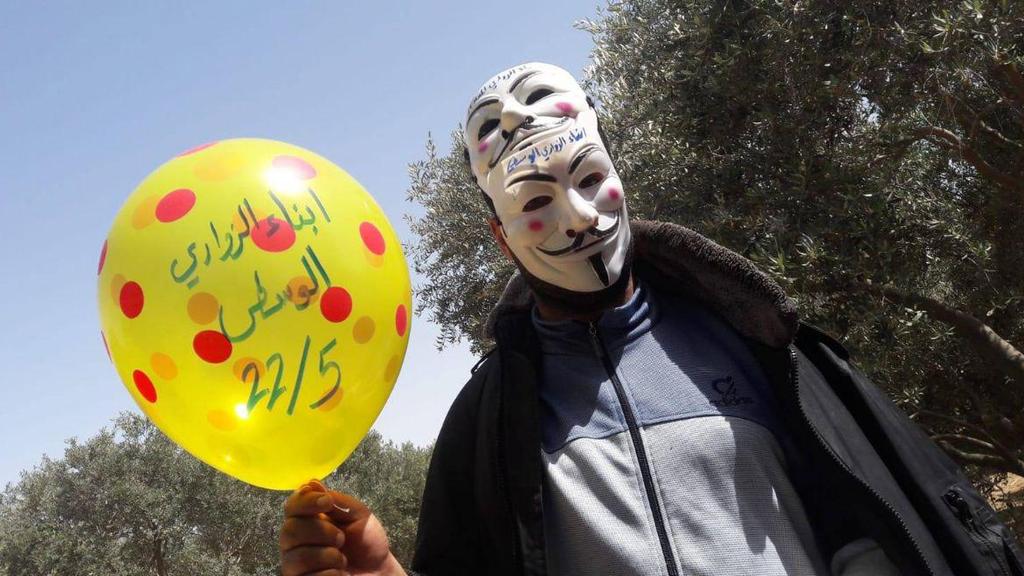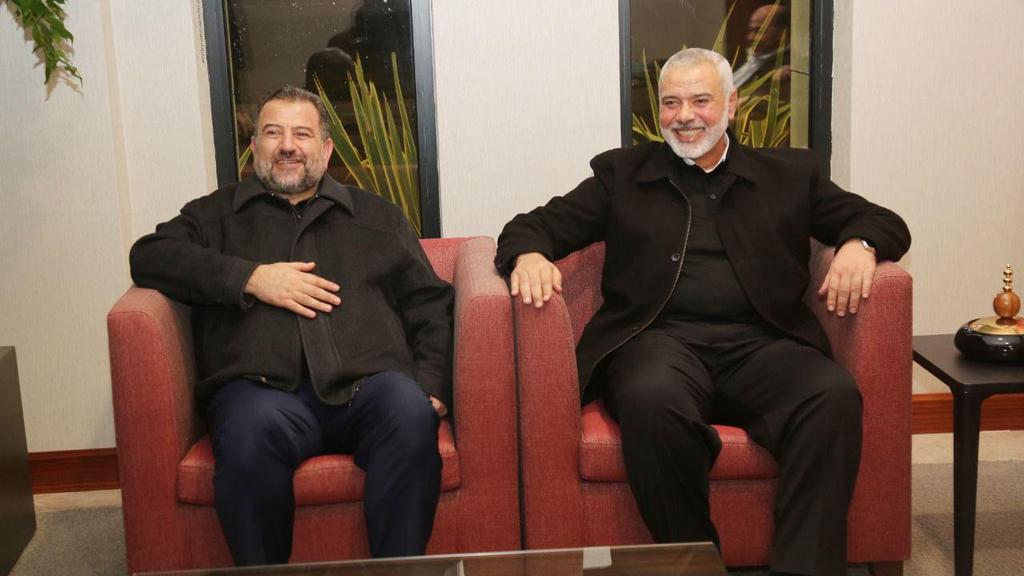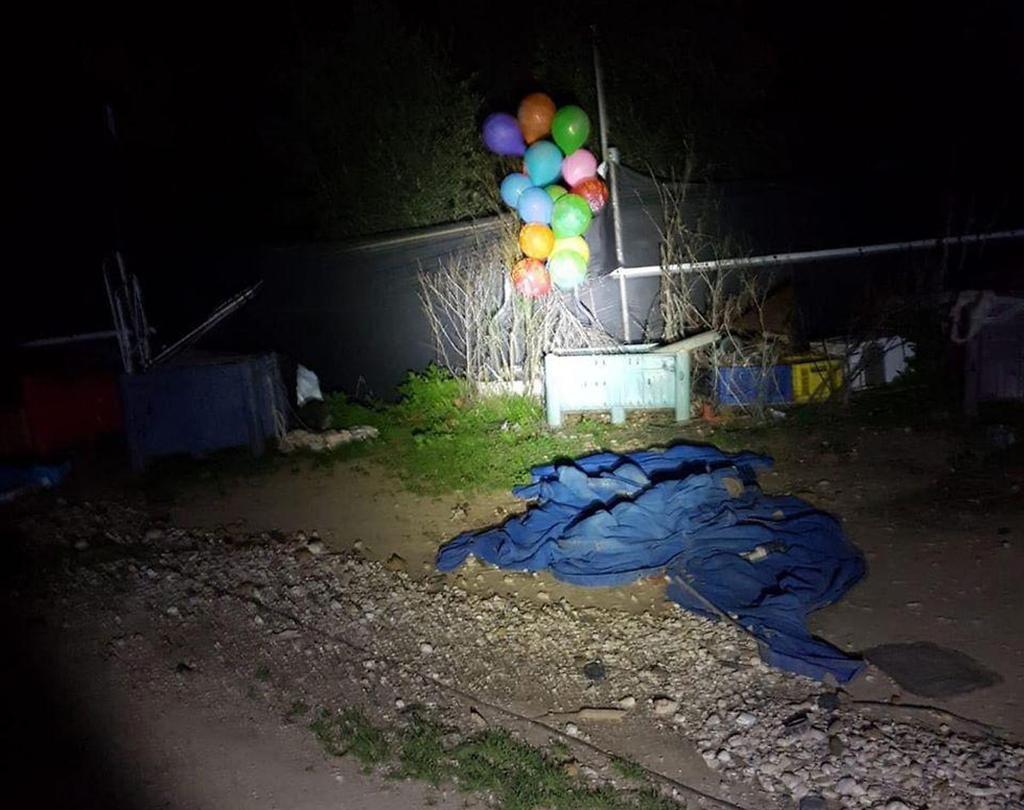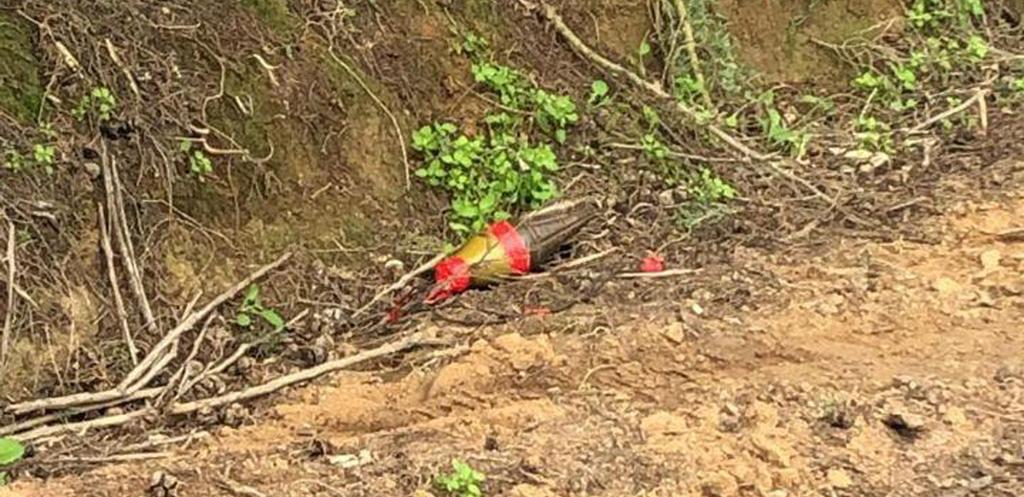Just a little over a month ago, one day with no prior warning whatsoever, Egypt's government decided to dramatically raise taxes on the cooking gas they supply the Gaza Strip and its people via the Rafah Border (the sole crossing point between Egypt and Gaza).
Concurrently, Egypt has raised the taxes on tires they import to the Strip, in addition to levying additional taxes on any Palestinian entering Egypt through the Rafah Border.
These financial decrees by Egypt have proven to be a huge blow to Hamas and its rule in the Strip, even though they came as no surprise to the organization.
Days prior to Egypt's tax increase, Hamas' leader, Ismail Haniyeh, broke his promise to Egypt's government to refrain from visiting Iran when he flew to Teheran in order to attend the funeral of the commander of the Islamic Revolutionary Guard Corps, Qasem Soleimani, who was killed by the U.S. in Iraq.
Haniyeh's transgression outraged Egyptian authorities, who were quick to take financial actions against Hamas in retaliation.
Tire and gas imports stopped almost completely, causing gas prices to jump unreasonably overnight.
Additionally, only the wealthiest of the Strip's population found themselves able to afford to leave Gaza via l Rafah thanks to the new taxes levied by Egypt.
Hamas felt it was driven into a corner, and so the terror organization did what it does every time it feels trapped, turned its eyes on Israel.
With myriad of options in its arsenal, Hamas chose two. One was to once again use balloon clusters to send incendiary devices into Israel, and two was to turn a blind eye to rockets fired from the Strip.
Their logic for doing so was clear: they sought to create an atmosphere of confrontation with Israel, until both Cairo and Jerusalem understood this is not a sustainable situation.
It is also safe to assume that Hamas knew that since Israel isn’t looking for a full-time military conflict so close to elections, the country's response would be moderate.
Hamas' strategy of attrition, which it has perfected over the years, has ultimately achieved its goals.
A few days have passed, and Egypt has resumed imports of gas into the Strip, while Israel also offered to supply Gaza with huge amounts of gas in order to appease Hamas and prevent any further escalation.
According to Israel’s Coordinator of Government Activities in the Territories, a unit within the Defense Ministry responsible for the coordination between Jerusalem and the Palestinian Authority, Israel has sent approximately 4,700 tons of gas to Gaza, with the amount growing each day.
The attempts to appease Hamas didn’t end with cash and gas, as just after the escalation on Strip started, Israel approved a few precautionary measures for Gaza after years of refusal.
For example, Israel has approved the import of tires into the Strip, after it has banned them due them being constantly set alight during riots. Israel has even allowed 6,000 tires into Gaza in January, despite unceasing incendiary balloon attacks.
Israel has also approved the import of cement for the first time since the 2014 Israel-Gaza conflict, since it is believed the cement is being used to build tunnels into Israel, although the construction of the smart wall on the Israel-Gaza Strip border (a project currently underway that aims to prevent Hamas from digging tunnels into Israel) has somewhat eased these concerns.
Additionally, during the last escalation, Israel limited the approved fishing space for Gaza's fisherman to 10 nautical miles, (approximately 5km from shore) which provides enough fishing space for most of the Strip.
Concurrently, Israel also froze 500 permits for merchants entering Gaza through the Erez crossing (a border crossing on the Israeli-Gaza barrier), which normally permits 5,000 merchants to enter the Strip.
But shortly afterwards, during the same round of violence, Israel obliged Hamas' demands for additional relief when it increased Gaza's fishing space to 15 nautical miles after Hamas ordered its men to lower the number of incendiary balloons sent into Israel.
Additionally, Israel increased the number of merchant permits by 2,000 for the first time since Hamas took control of Gaza in 2007, bringing the total number of merchant permits to 7,000 instead of the usual 5,000.
It's important to note however that these permits are not given only to merchants, but to those working in farms or construction outside Gaza's borders.
This is how, in the span of five mere weeks of attrition, with a few well-placed rocket fires, hundreds of balloon clusters, and tensions with Cairo, Hamas managed to blackmail Israel into giving it a string of unprecedented measures of relief not seen in years.





